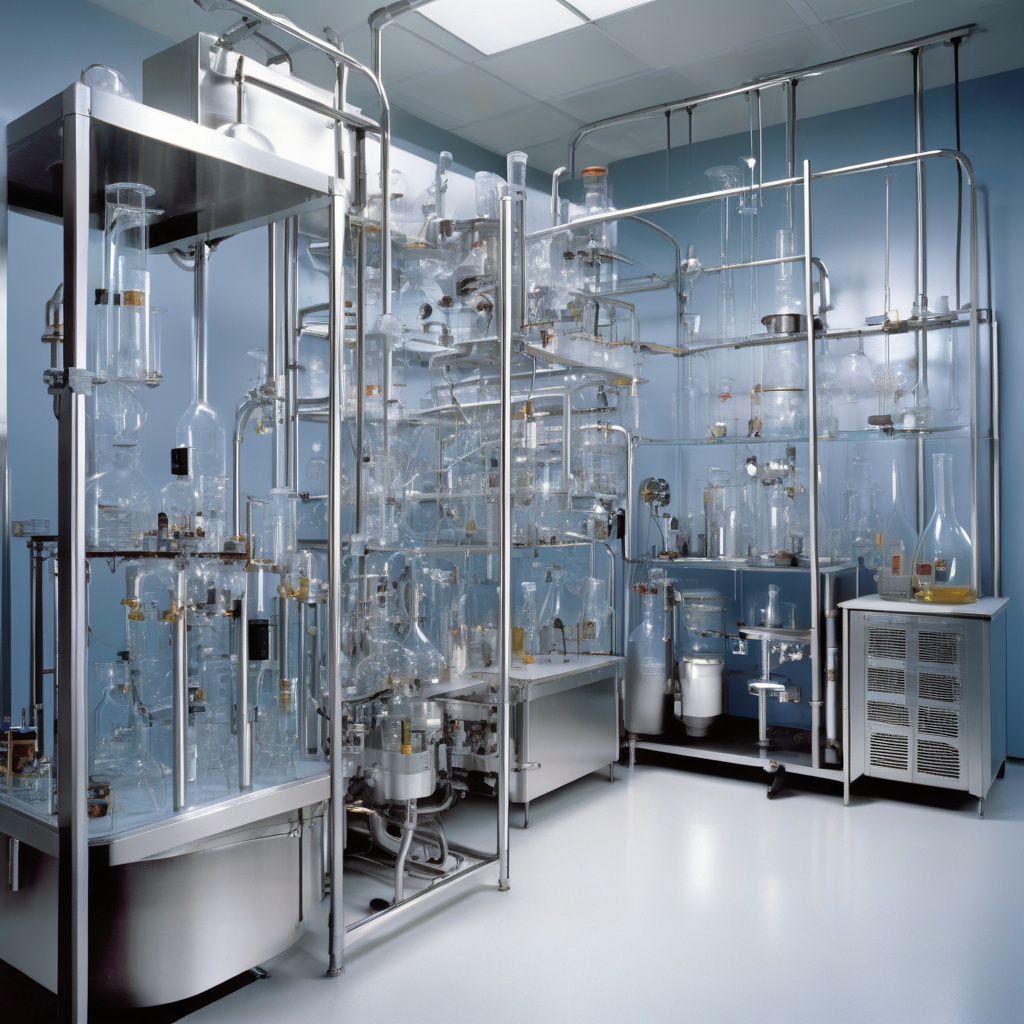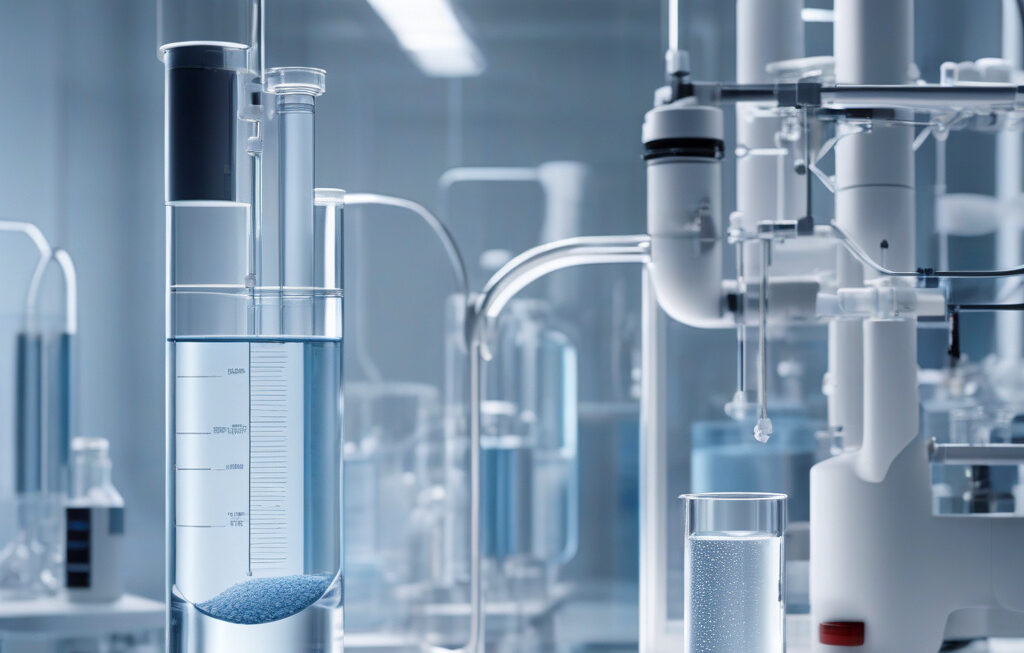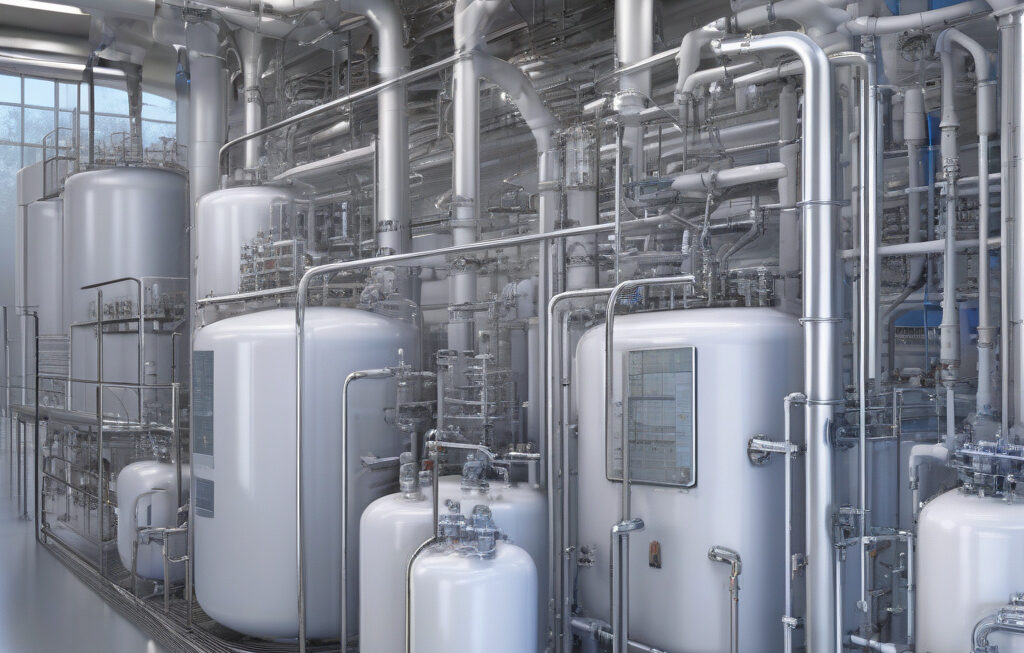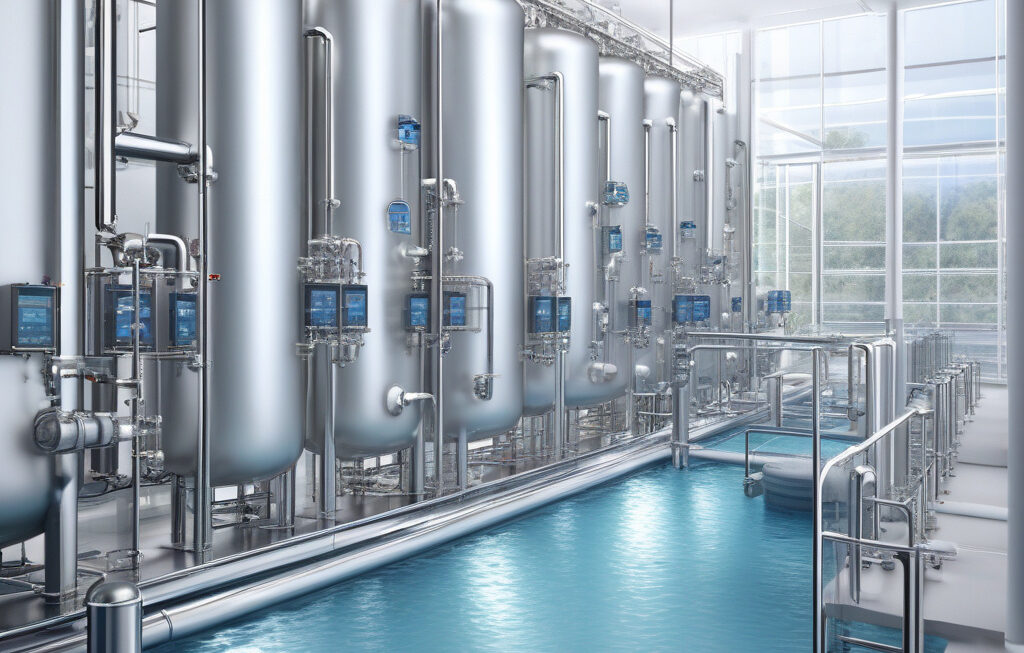Magnetic Fields Supercharge Catalysts for Cleaner Water and Cheaper Ammonia
Imagine if we could make chemical reactions thousands of times faster just by using a simple and readily available tool – magnetic fields. Recent advancements in the field of catalysis have shown that applying magnetic fields to certain catalysts can significantly enhance their performance, leading to faster reactions, lower energy consumption, and ultimately, cleaner processes.
One area where this innovation is particularly promising is in water treatment. The presence of pollutants in water sources is a major environmental concern, and conventional water treatment methods can be energy-intensive and costly. By harnessing the power of magnetic fields to supercharge catalysts, researchers have been able to develop more efficient water treatment processes that can remove contaminants quickly and effectively.
In addition to cleaner water, magnetic field-enhanced catalysts are also revolutionizing the production of ammonia. Ammonia is a key component in fertilizers, chemicals, and pharmaceuticals, but traditional methods of ammonia production are energy-intensive and rely on high temperatures and pressures. By using magnetic fields to boost the performance of catalysts involved in ammonia synthesis, researchers have been able to lower the energy requirements of the process, making it more sustainable and cost-effective.
One example of this innovation is the use of magnetic iron oxide nanoparticles as catalysts for ammonia synthesis. These nanoparticles, when exposed to a magnetic field, exhibit enhanced catalytic activity, allowing for faster and more efficient ammonia production. This not only reduces the environmental impact of ammonia synthesis but also lowers production costs, making ammonia more affordable and accessible for various industries.
The potential applications of magnetic field-enhanced catalysts are vast and varied. From improving the efficiency of fuel cells to enabling new methods of carbon capture and storage, this technology has the power to transform the way we approach chemical reactions and industrial processes. By harnessing the power of magnetic fields, researchers and engineers are opening up new possibilities for cleaner, more sustainable, and more cost-effective solutions across a range of industries.
As we continue to explore the potential of magnetic field-enhanced catalysts, one thing is clear – the future of catalysis is magnetic. By leveraging the unique properties of magnetic fields to supercharge catalysts, we can unlock new levels of efficiency, sustainability, and innovation in chemical processes. The days of slow and energy-intensive reactions may soon be behind us, replaced by a new era of faster, cleaner, and cheaper chemical production.
In conclusion, the integration of magnetic fields into catalysis represents a groundbreaking advancement with far-reaching implications for water treatment, ammonia production, and beyond. By optimizing catalyst performance through magnetic field enhancement, we are paving the way for a more sustainable and efficient future.
cleaner water, cheaper ammonia, magnetic fields, catalysts, sustainable solutions












